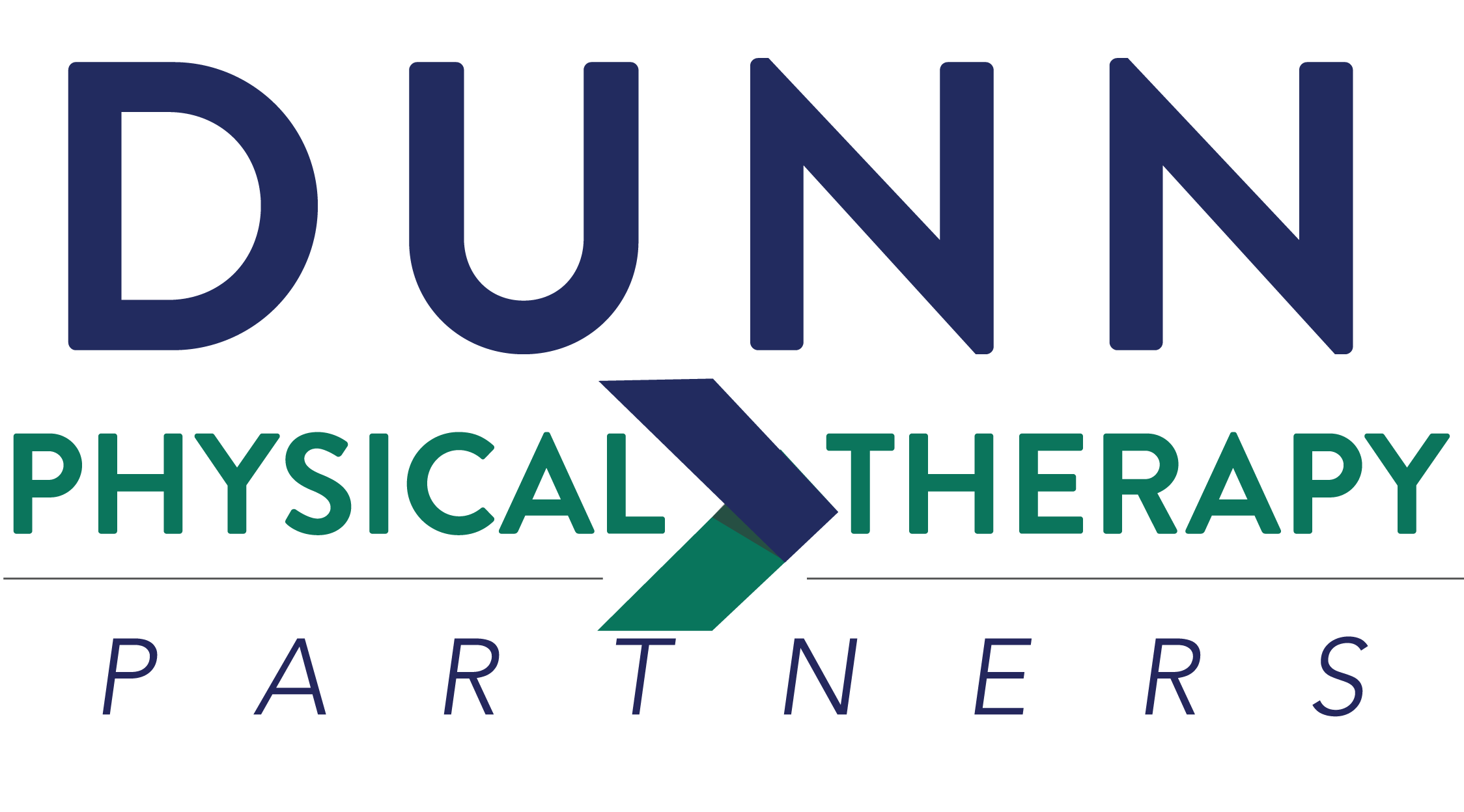Muscle strains can be caused by any physical activity.
Muscle Strain
You hear a lot about proper form in bodybuilding circles, and with good reason. In any sport, as with life activity, complex maneuvers have to be executed with the utmost care. If you don’t, you may experience an injury called a strain, and it’s painful and annoying enough that you won’t forget it! If you find yourself with a strain, physical therapy can go a long way towards your recovery.
What Is A Muscle Strain?
Your muscles are comprised of soft, fibrous tissue, designed to flex with movement. That movement has limitations, and when muscles are stressed beyond their capability, a strain occurs. Strains come in three degrees:
- First degree: a mild tearing of the tissue. Mild pain with little or no reduced motion.
- Second degree: greater tearing and pain, likely with swelling, depression, or bruising at the site of the strain.
- Third degree: typically a complete tear or rupture of the muscle, accompanied by severe pain and total lack of mobility.
All strains should be treated, but mild ones typically resolve on their own with rest and icing. Severe strains can require surgery, but these cases are rare.
What Causes a Muscle Strain?
Muscle strains can be caused by any physical activity. Heavy lifting is a common cause, so you see strains more in weightlifters, gymnasts, and people who work in warehouses and similar jobs. You may also experience a muscle strain from activity such as jogging/walking, gardening, or cleaning!
Strains can also occur from over stretching or trauma.
How Can Physical Therapy Help?
Most strains are not serious, and many will heal on their own. If pain does not go away on its own within 7-10 days – or if it causes you to compensate elsewhere in your body – we encourage you to come in and get evaluated. Early treatment means for better and quicker outcomes!
Techniques we may use to treat muscle strains include:
- Dry needling: extremely thin, hollow needles are inserted into muscle tissue at trigger points. Releasing pressure at these specific points can loosen muscles, alleviating pain and improving recovery.
- Kinesiotaping: when applied correctly, applying special tape over a strain improves stability and accelerates healing.
- Strengthening and Conditioning: exercises specifically geared towards the strained muscle help patients regain stability and function.
- Soft Tissue Mobilization: direct pressure and gentle movements applied to muscles.

